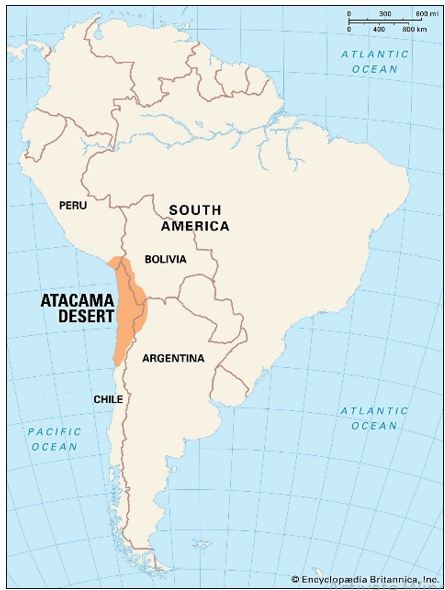

Context
At 5,640 meters (18,500 feet) above sea level, the highest astronomical observatory in the world is currently open in the Atacama Desert.
About
- Currently constructed and functioning, the University of Tokyo Atacama Observatory (TAO) is perched atop a mountain in the Atacama Desert.
- TAO is situated atop Cerro Chajnantor, a peak in Atacama.
- With a ground-based telescope that will allow astronomers to see the universe in infrared, this is now the highest point in the globe.
- The TAO was originally designed to investigate the evolution of exoplanets and galaxies 26 years ago.
- The two scientific equipment on board the 6.5-meter-long telescope of the TAO are intended to study the universe in the infrared, or electromagnetic radiation with a wavelength greater than visible light but shorter than microwaves.
- SWIMS: Using imaging technology, one of the instruments, SWIMS, will study galaxies from the early universe to learn more about how they formed from pure gas and dust—a process that has been studied for decades but whose exact details are still unknown.
- MIMIZUKU: The second, called MIMIZUKU, will support the overall science goal by examining primordial dusty disks where stars and galaxies are known to form.


